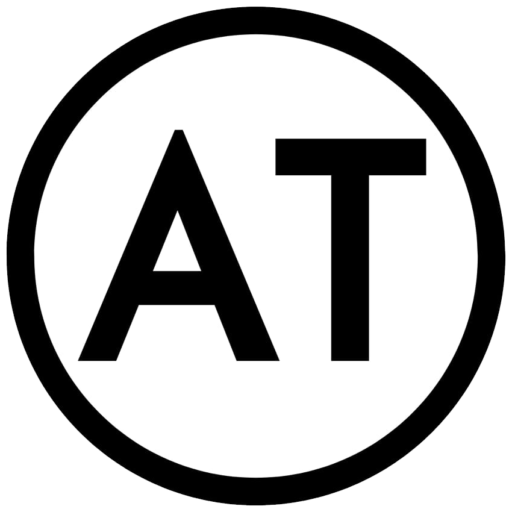Are you tired of feeling overwhelmed by constantly changing SEO trends and practices? Do you struggle with organizing all of your deliverable trackers, audit sheets, content briefs, and keyword map templates? If so, it’s time to consider building your own SEO “second brain.” This game-changing concept can help you store and retrieve crucial documentation, templates, and key learnings between projects and websites in an organized and efficient way. Let’s explore the benefits of building your own SEO second brain and the steps you can take to create one.
Why You Need an SEO Second Brain?
Traditionally, our brains excel at generating original ideas, interconnecting ideas and narratives, and fostering empathy with others. However, they fall short when it comes to retaining and categorizing stored data or retrieving and applying stored information. By delegating these tasks to an external database, or “second brain,” you can better store and retrieve crucial information, ensuring that you never forget important details when you need them most.
How to Build Your Own SEO Second Brain?
Building your SEO second brain may seem daunting at first, but by taking it one step at a time, you’ll get there. Start with these steps and tips:
1. Select the Right Tools
Notion, Obsidian, Evernote, and Microsoft OneNote are all great tools for building a second brain. Identify which tool to use based on your preferred style of information organization. For example, if you prefer systematizing information in a hierarchical manner, Notion and Craft are ideal. If you thrive on cultivating many ideas at the same time, Obsidian and Roam are well-suited to your style.
2. Structure Your Second Brain with the PARA System
The PARA system stands for Projects, Areas, Resources, and Archives. Use this framework to structure your SEO work based on specific tasks (Projects), ongoing optimization efforts (Areas), shared credentials and background information (Resources), and completed tasks and documentation (Archives).
3. Operate Your Second Brain: Start with Idea Capturing
To make the most of your second brain, start by mastering idea capturing. This means quickly and effortlessly storing new information in a temporary repository, then revisiting and moving it to relevant sections of the brain later. Use your Idea Capturing Station to store important algorithm or industry updates, interesting articles on new tactics, meeting notes, and insightful conversations you’ve had with colleagues.
4. Build Reusable Templates
Use your second brain to create reusable templates, such as keyword mapping, content production, and SEO roadmap timelines. With just a few clicks, you can populate a full SEO roadmap timeline, broken into tickets with specified templates to be delegated to team members and shared with clients.
Exercise Your SEO Second Brain Regularly
Exercising your SEO second brain regularly is key to getting better at using it to store, retrieve, and synthesize information. Once you’re familiar with it, extend your second brain to other domains of life, such as tracking new hires, documenting company processes, and running employee portals.
Building your own SEO second brain may take time and effort, but it’s well worth it. By organizing your SEO work in this way, you’ll get more done in less time and with less stress. Try building your own SEO second brain today and see the benefits for yourself.
We want to thank the thought leader Toon Limivphuwat as the source for this content and such awesome teachings on the subject, and we hope that this article can help you and your business! Here’s the link to his post: https://searchengineland.com/seo-second-brain-428290


